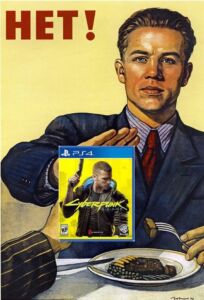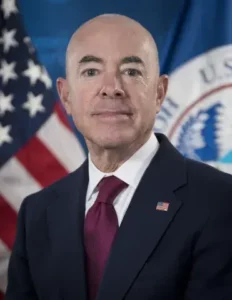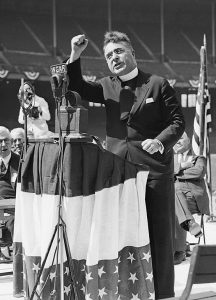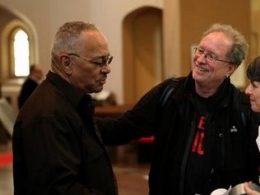Gamergate can be summarized as the backlash against Social Justice Warrior (SJW) themes that were being pushed in video games during 2014-2015. The reader may explore the deep lore surrounding it if he is so inclined, for those days have passed into legend.
A second Gamergate has begun, although it is more limited in scope — for now. The focus is on Sweet Baby Inc., a company that offers “diversity consulting” for video-game scripts, and which has been blamed for a rising number of woke video games. (more…)








